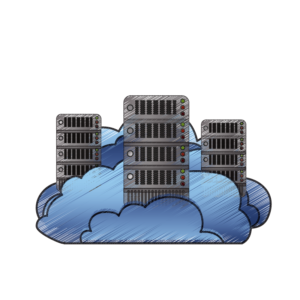At Daston, we know that storing data in the cloud brings with it security and efficiency concerns. As a certified Google partner, we help government contractors of every size ensure their data is housed as efficiently and securely as possible while remaining compliant. One step in that process is helping you choose where your data will reside.
When it comes to Google Cloud Storage, data is not tied to any one machine, disk, or data warehouse. This can be a good thing, as it makes the data more accessible to intended users, who may be located around the world. As such, your company’s Cloud Storage administrator has the ability to choose whether your data will reside in a single region or in a group of regions, which may be based on where your users are located and how they use your data.
Various applications will have different requirements in terms of location, performance, and redundancy, and Google Cloud Storage can accommodate all of them. However, circumstances change, workloads shift, budgets may be cut, and new business requirements may come to light. When this happens, you might need to consider other designs. Your original multi-region bucket may no longer be the best location type—maybe regional storage would work better for your current workloads.
To store an object in Cloud Storage, you must first create a bucket to put it in. Upon creation, you must classify each bucket as residing in one of three location types:
Region, for example, São Paulo;
Dual-region, for example, Osaka and Tokyo;
Multi-region, for example, The United States.
Although the classification you choose is permanent for the bucket, you can move the data inside of it to a new bucket with a different location type. Although data can be accessed at any time from any region, the performance and cost may differ when doing so.
It’s important to take the differences in price, availability, and performance into consideration when choosing between regional, dual-region, or multi-region Cloud Storage.
Performance Considerations
Architecturally, multi-region storage is different from dual-regional or regional storage because Google will store data across several regions within a continent, and it can change over time. Google determines where your data is stored and where your incoming traffic is directed by geographical proximity, network load, storage capacity, and other factors. While Google can offer multi-region storage that is superior to regional storage in terms of redundancy and availability without incurring the higher price of dual-region storage, the downside is that unpredictable latency and higher network egress charges can occur when multi-region data is read from remote regions.
Availability Considerations
If you’re serving and processing your data in the same region, regional storage offers the best possible price for performance. However, it comes with availability and resiliency tradeoffs. If your data is in a single region only, and that region experiences an outage, your data could be negatively impacted. Moreover, reads and writes that originate in other regions must travel to the storage region, adding noticeable latency to workloads.
Dual-region storage provides the ability to scale to a terabyte per second, just like regional, and it provides a second copy of data in a second region, which protects against regional outages. Like regional storage, dual-region storage offers an environment to drive high-throughput analytical workloads by co-locating compute and storage in two regions of your choice.
Pricing Considerations
Dual-region storage comes with a higher base storage cost than regional or multi-region storage. Like multi-region storage, it charges for object replication. However, dual-region may not be the most expensive option overall, depending on the amount of egress charges your workload will incur. With this in mind, it’s important to consider the workloads your data will be serving. Analytical workloads, where storage usually is co-located with compute, are suited to regional or dual-region storage. However, any workload that serves content to a large geographical area—such as website hosting or e-commerce—may find multi-region storage to be the most attractive choice.
If you need help choosing between regional, dual-region, or multi-region Cloud Storage, Daston can help you analyze your needs and calculate costs. Reach out for a free consultation.